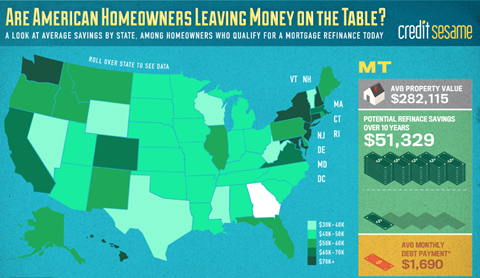Do National Real Estate Headlines Actually Influence Local Markets?
This is a question we are frequently asked. Local real estate professionals know the best information for either buyers or sellers is local market data. However, we must realize that what happens in the national real estate market dramatically impacts regional and local markets. For example:
Are 30 year mortgage interest rates in North Dakota under 4% because of what happened in the their market over the last few years?
Of course not. They benefit from lower rates because of what happened in the national economy (if not the world economy).
Buyers all over the country are concerned about the reports of distressed properties about to come to market and what impact they will have on house values. The truth is only a handful of states will be adversely affected. However, if overall consumer confidence is shaken, every market is impacted. This is why it is important that you work with a real estate professional that understands three things:
-
What the national headlines are saying and why they are saying it
-
What effect the issue may or MAY NOT have on your local market
-
How to simply and effectively explain both of the above to you
Agents who just ignore national headlines are hiding their heads in the sand. Agents who use the headlines as scare tactics to unfairly influence the actions of their customers are engaging in unethical behavior. Agents who take the time to keep abreast of the national real estate issues and are patient in explaining how these issues will impact you in the local market are true professionals.
The first two types of agents could cost you dearly. The last group will maximize the outcome of your real estate transaction – both personally and financially.
by THE KCM CREW


 WASHINGTON
WASHINGTON






